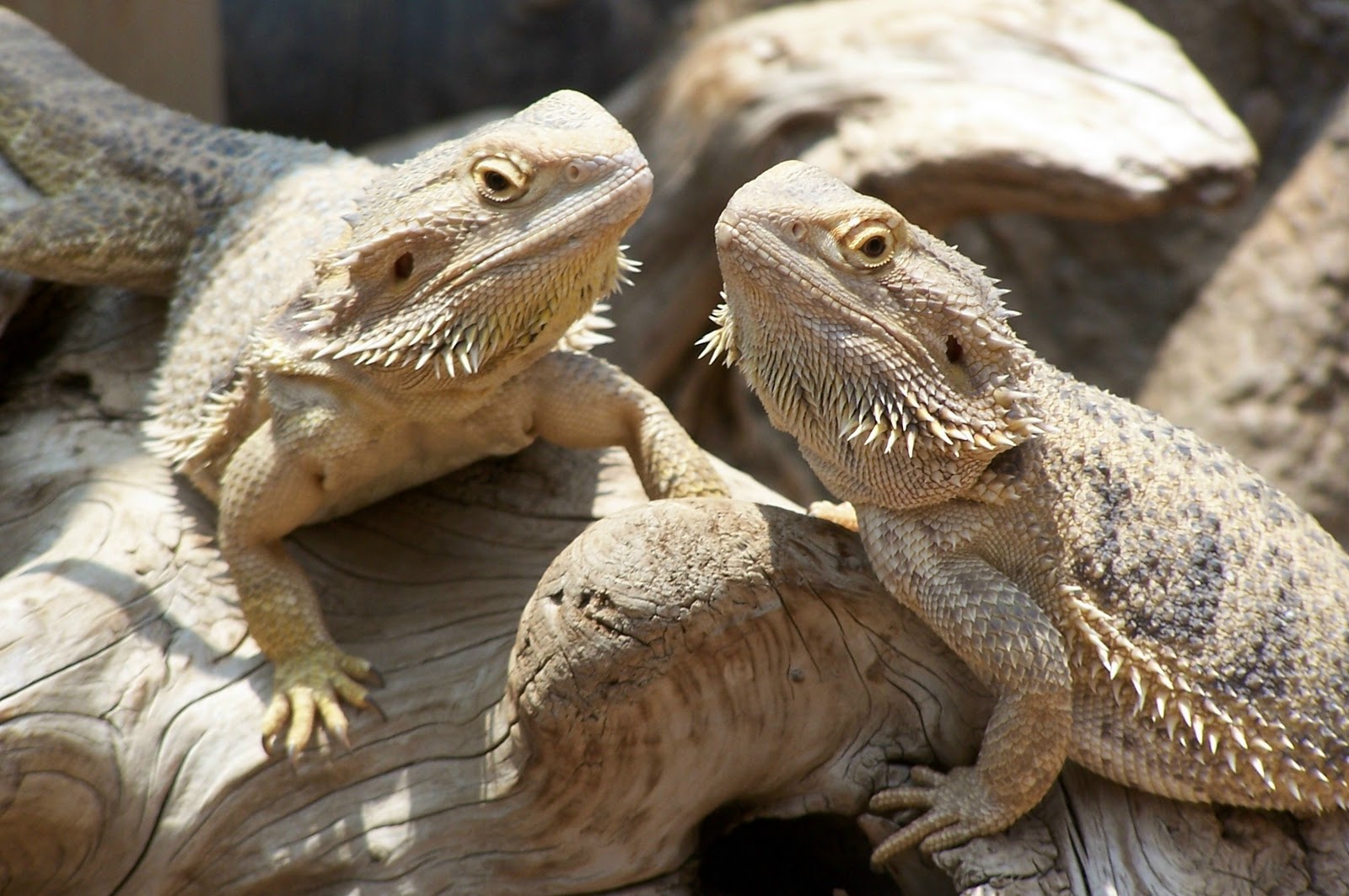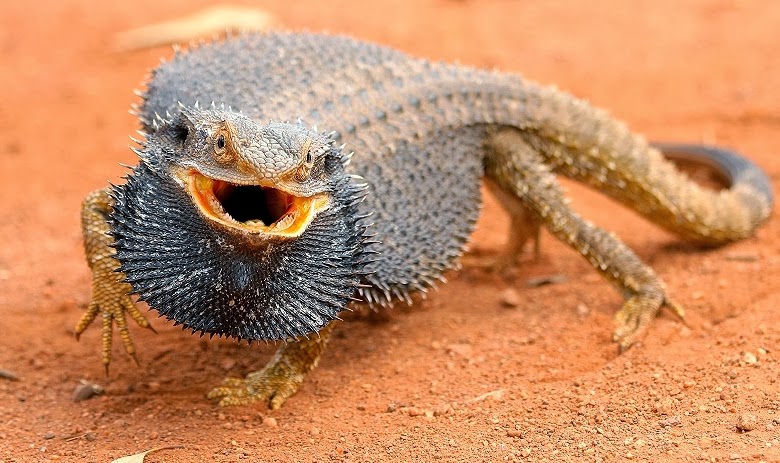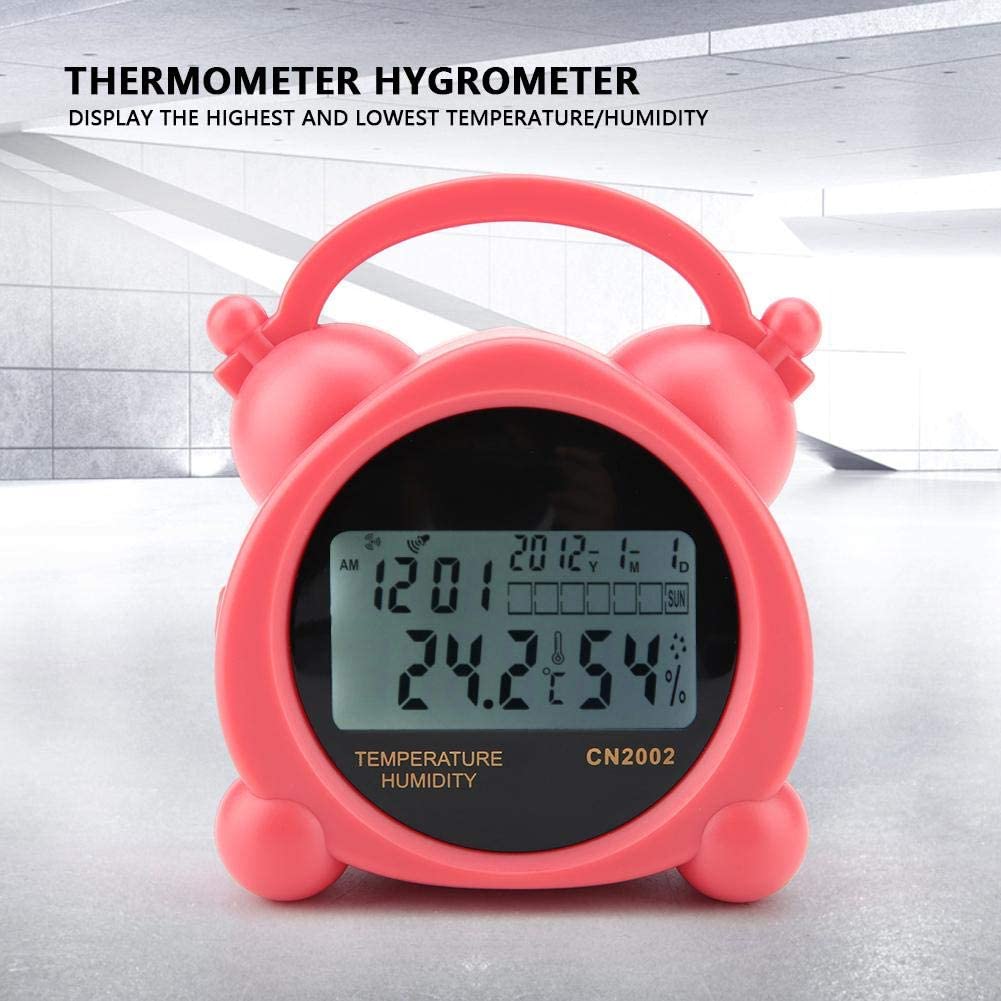The Ultimate Guide to Bearded Dragon 20 Gallon Tank Setup for Beginners
Introduction to Bearded Dragon 20 Gallon Tank Setup

Bearded dragons have become increasingly popular as pets among reptile enthusiasts. These fascinating creatures require specific care and environment to thrive. One of the essential factors in keeping a bearded dragon healthy and happy is providing it with a suitable habitat. This guide will help you set up a perfect home for your bearded dragon in a 20-gallon tank setup. Whether you are a beginner or experienced in reptile keeping, this guide will provide all the necessary information to create a comfortable and safe home for your beloved pet.
What is a Bearded Dragon?
Bearded dragons, also known as Pogona, are a species of lizard found in Australia. They are often referred to as the ideal pet for reptile beginners because of their gentle and easygoing temperament. These lizards can grow up to 24 inches in length and can live up to 15 years if given proper care. They are omnivores and eat insects, vegetables, and fruits.
.jpg)
What is a 20-gallon Tank?
A 20-gallon tank is a standard size for keeping medium-sized lizards, including bearded dragons. It measures 24 inches long, 12 inches wide, and 16 inches tall. A 20-gallon tank is an ideal size for baby or juvenile bearded dragons, but it would be best to upgrade to a larger tank once they reach adulthood. A bigger tank provides more space for movement and allows you to add more accessories for a better habitat.
The Essential Components of a Bearded Dragon 20 Gallon Tank Setup
A bearded dragon tank setup requires specific components to provide the necessary environment that mimics their natural habitat. These components include:
1. Substrate
Substrate refers to the material that covers the bottom of a bearded dragon’s tank. It is essential to choose a substrate that is easy to clean and not harmful to your pet. Some of the best substrates for bearded dragons include paper towels, reptile carpets, non-adhesive shelf liners, and tiles.

2. Heating and Lighting
Bearded dragons need a specific temperature and lighting environment to maintain their health. You will need both an under-tank heating pad and a basking light to provide the necessary heat gradient. Also, invest in a UVB light to provide the necessary ultraviolet radiation they need for their health and well-being.

3. Decorations
Adding decorations to your bearded dragon’s tank will not only make it aesthetically pleasing but also provide a stimulating environment. Items such as rocks, driftwood, and branches will create climbing opportunities for your pet. Include a hiding spot to provide security and a sense of privacy for your bearded dragon.
4. Food and Water Dishes
Bearded dragons need clean dishes for their food and water. Get dishes that are shallow to prevent spills and easy to clean. You may need two dishes: one for vegetables and fruits and another for insects. Ensure the dishes are in a location where they will not tip over accidentally.

5. Thermometer and Hygrometer
Temperature and humidity are critical factors in a bearded dragon’s habitat. Invest in a thermometer and hygrometer to monitor the temperature and humidity levels of the tank. This will help you maintain the necessary environment for your pet.

Setting Up A Bearded Dragon 20 Gallon Tank
Now that you know the essential components of a bearded dragon 20-gallon tank setup, here’s how to set it up:
1. Cleaning the Tank
Clean your tank thoroughly with warm water and mild soap. Rinse with water thoroughly and let it dry completely before setting up.
2. Add the Substrate
Lay the chosen substrate at the bottom of the tank evenly. Ensure the substrate covers the tank’s bottom completely.
3. Add Heating and Lighting
Follow the manufacturer’s instructions to install the heating pad, basking light, and UVB light. Position the basking light at one end of the tank to create the necessary heat gradient your bearded dragon needs. Place the UVB light on top of the tank to provide the required ultraviolet radiation.
4. Add Decorations
Add decorations such as rocks, driftwood, and branches to the tank to provide climbing opportunities and hiding spots for your bearded dragon. Ensure they are stable and not too large, as this could damage your dragon if they fall over. You can add more decorations as your pet grows or upgrades to a bigger tank.
5. Add Dishes
Place clean dishes in the tank for food and water. Ensure they are shallow and do not tip over quickly. Place them in a location that is easy for your pet to access but not under the basking light or heating pad.
6. Add Thermometer and Hygrometer
Install the thermometer and hygrometer inside the tank to monitor the temperature and humidity levels. Ensure they are placed in a location where they are easily visible and accessible.
Conclusion
Setting up a bearded dragon 20-gallon tank can be an exciting and fulfilling task. Remember that the essential components of a bearded dragon’s habitat are a suitable substrate, proper lighting and heating, decorations, food and water dishes, and a thermometer and hygrometer to monitor temperature and humidity levels. Following the guidelines in this guide will help you create a comfortable and safe home for your pet. With proper care and attention, your bearded dragon will thrive and live a healthy and happy life.
